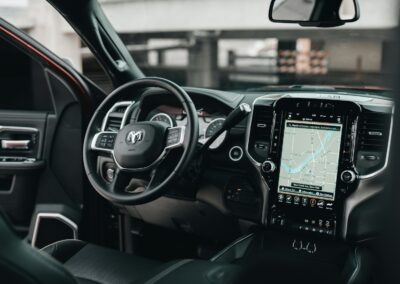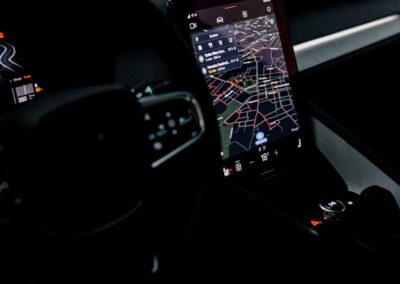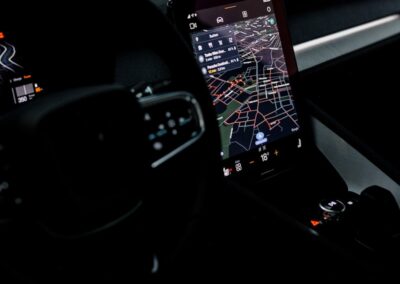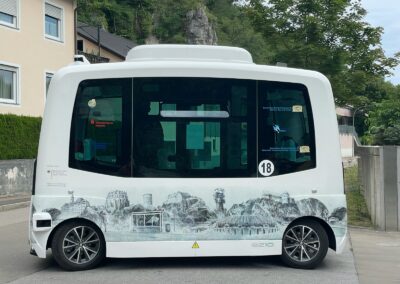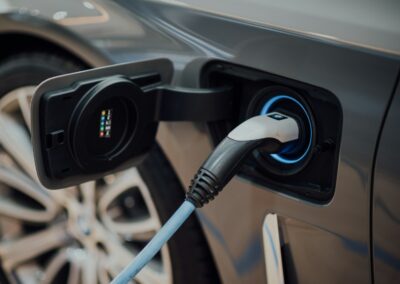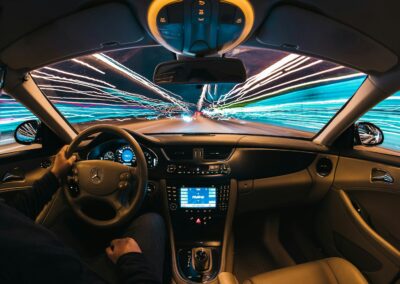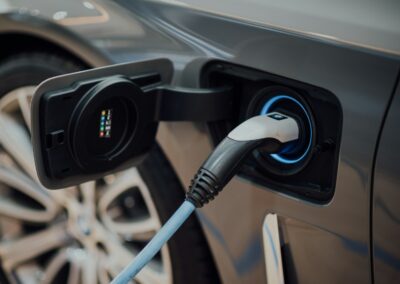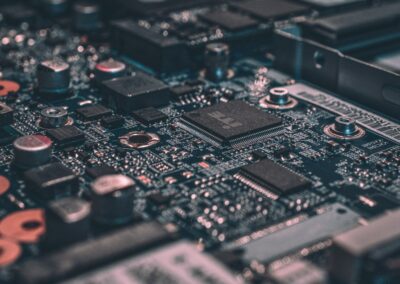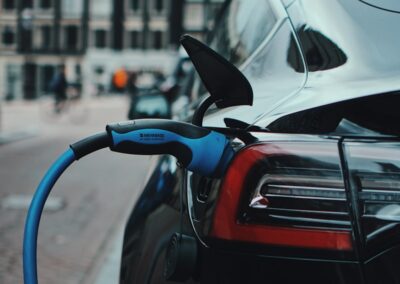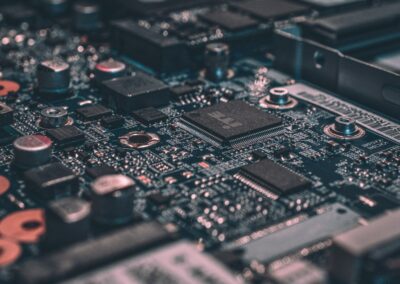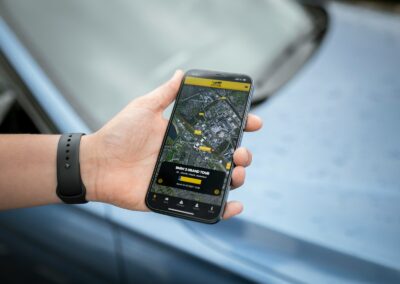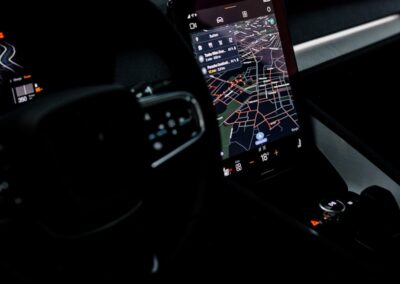Transforming Public Transportation through Vehicle-to-Infrastructure Communication
The advancements in vehicle-to-infrastructure communication are revolutionizing public transportation systems globally. In rapidly growing cities like Riyadh and Dubai, the implementation of these technologies is critical to enhancing both the safety and efficiency of transit networks. Vehicle-to-infrastructure (V2I) communication involves the exchange of data between vehicles and roadside infrastructure, such as traffic signals and information systems, which can significantly optimize traffic flow and reduce congestion.
Saudi Arabia and the UAE are at the forefront of adopting cutting-edge technologies to modernize their urban transportation systems. By integrating V2I communication, these cities aim to create smarter and more responsive transit networks. This technology enables real-time communication between vehicles and infrastructure, providing drivers with critical information about traffic conditions, road hazards, and optimal routes. As a result, V2I communication not only improves safety by preventing accidents but also enhances overall transportation efficiency.
The integration of Artificial Intelligence (AI) and Blockchain technology further amplifies the benefits of V2I communication. AI algorithms can analyze vast amounts of data generated by V2I systems to predict traffic patterns and optimize traffic signal timings. Meanwhile, Blockchain ensures secure and transparent data transactions, facilitating seamless communication between various stakeholders. Together, these technologies create a robust framework for enhancing public transportation systems in cities like Riyadh and Dubai.
Enhancing Safety with Vehicle-to-Infrastructure Communication
Safety is a paramount concern in public transportation, and V2I communication offers significant advancements in this area. By enabling real-time data exchange between vehicles and infrastructure, V2I systems can provide early warnings about potential hazards, such as roadworks, accidents, or adverse weather conditions. This proactive approach allows drivers and public transport operators to take preventive measures, thereby reducing the likelihood of accidents and ensuring passenger safety.
In Dubai, for instance, the Roads and Transport Authority (RTA) is leveraging V2I communication to enhance the safety of its public transportation network. By integrating smart traffic signals and connected vehicle technologies, the RTA can monitor traffic conditions in real-time and adjust signal timings to prevent collisions and ensure smooth traffic flow. Similarly, Riyadh is exploring the potential of V2I communication to create safer road environments, particularly in high-traffic areas and near public transport hubs.
Moreover, the use of AI in V2I systems can further enhance safety by enabling predictive analytics. AI algorithms can analyze historical and real-time data to identify patterns and predict potential safety risks. This information can then be used to implement targeted safety measures, such as dynamic speed limits or automated warnings for drivers. By leveraging AI and V2I communication, cities can create safer and more resilient public transportation networks.
Driving Efficiency and Business Success
Efficiency is another critical aspect of public transportation, and V2I communication plays a vital role in optimizing transit operations. By enabling seamless data exchange between vehicles and infrastructure, V2I systems can improve traffic flow, reduce travel times, and minimize fuel consumption. This not only enhances the overall efficiency of public transportation but also contributes to environmental sustainability.
In Saudi Arabia and the UAE, the implementation of V2I communication is seen as a strategic move to modernize public transportation systems and reduce traffic congestion. For example, Riyadh is investing in smart infrastructure solutions to optimize traffic management and enhance the efficiency of its public transit network. By integrating V2I communication with AI-driven traffic management systems, the city aims to reduce travel times and improve the reliability of public transportation services.
Dubai, on the other hand, is leveraging V2I communication to create a more efficient and interconnected transportation network. The RTA’s smart mobility initiatives include the deployment of connected vehicle technologies and intelligent traffic management systems to optimize traffic flow and reduce congestion. By harnessing the power of V2I communication, Dubai aims to create a seamless and efficient public transportation system that meets the needs of its growing population.
#V2ICommunication #PublicTransportation #Safety #Efficiency #AI #Blockchain #SaudiArabia #UAE #Riyadh #Dubai #ChangeManagement #ExecutiveCoaching #BusinessSuccess



